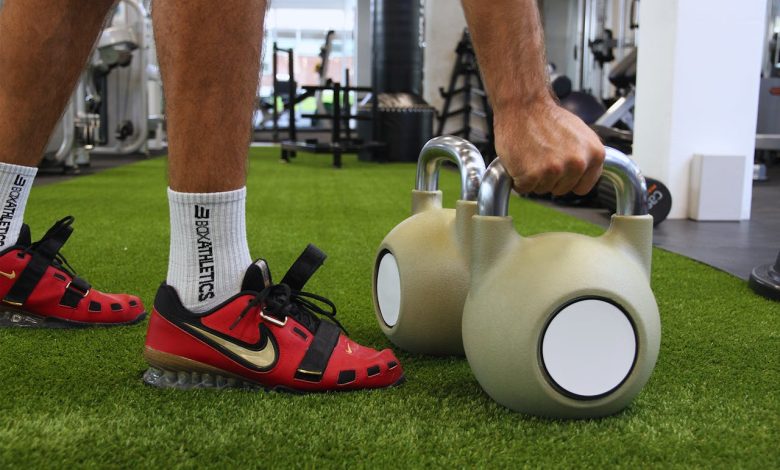How to Overcome Fitness Plateaus

Hitting a fitness plateau can feel incredibly frustrating. Whether you’re trying to lose weight, build muscle, or improve endurance, there comes a point where progress slows or stalls completely. The good news? Plateaus are normal, and with the right strategies, you can break through them and continue advancing toward your fitness goals. Here’s a step-by-step guide to help you overcome fitness plateaus.
1. Evaluate Your Current Routine
Plateaus often occur when your body adapts to your current workout or diet. If you’ve been following the same routine for weeks or months, your body might no longer be challenged. Take a closer look at your exercises, intensity, and overall habits to identify areas for improvement.
2. Change Your Workout Plan
One of the most effective ways to overcome a plateau is to change your workout routine. If you’ve been lifting the same weights, doing the same cardio, or sticking to the same exercises, it’s time to mix it up.
- Increase the weight you’re lifting.
- Try different exercises targeting the same muscle groups.
- Switch up your cardio routine by trying HIIT, cycling, or swimming.
3. Focus on Progressive Overload
Progressive overload is the principle of gradually increasing the stress placed on your body during training. This could mean adding more weight, doing more reps, increasing sets, or reducing rest time between exercises. Small changes over time can make a big difference.
4. Pay Attention to Nutrition
Nutrition plays a key role in breaking plateaus. If you’re trying to build muscle, you might need more protein or calories. If you’re aiming for fat loss, consider reassessing your caloric intake. Tracking your food intake for a week can help you identify any hidden culprits, like sneaky snacks or oversized portions.
5. Prioritize Rest and Recovery
Overtraining can also lead to plateaus. When your body doesn’t have enough time to recover, it struggles to build strength, repair muscle tissue, or burn fat efficiently. Ensure you’re getting adequate sleep, scheduling rest days, and incorporating stretching and mobility exercises into your routine.
6. Set Clear and Specific Goals
Vague goals like “get fitter” or “lose weight” can make it difficult to track progress. Break your goals into smaller, achievable milestones with clear timelines. For example, “deadlift 20 more pounds in six weeks” or “run a 5k without stopping by next month.”
7. Track Your Progress
Sometimes, progress stalls because we aren’t tracking the right metrics. Keep a workout journal, track your lifts, time your runs, or monitor your body measurements. This data can help you spot patterns, recognize small victories, and make data-driven adjustments.
8. Add Variety to Your Cardio Workouts
If you’re stuck in a cardio plateau, try changing your intensity or workout type. Incorporate interval training or alternate between high-intensity and steady-state cardio sessions. Your body thrives on variety.
9. Try Cross-Training
Incorporating different types of exercise can challenge your body in new ways. If you’re a weightlifter, try yoga or swimming. If you’re a runner, try strength training or cycling. Cross-training not only keeps things fresh but also prevents overuse injuries.
10. Stay Mentally Focused
Plateaus aren’t just physical—they’re mental, too. Staying motivated and disciplined is essential. Celebrate small wins, remind yourself why you started, and don’t be afraid to adjust your goals as needed.
11. Consider Professional Help
If you’re truly stuck and can’t pinpoint the issue, consider working with a personal trainer, nutritionist, or fitness coach. They can analyze your routine, offer fresh insights, and create a tailored plan to get you back on track.
12. Be Patient
Lastly, remember that fitness is a journey, not a race. Plateaus are temporary, and consistent effort will eventually lead to progress. Trust the process, stay committed, and don’t let short-term setbacks discourage you.
Final Thoughts
Overcoming a fitness plateau requires a combination of strategy, consistency, and a willingness to adapt. By adjusting your routine, focusing on nutrition, prioritizing recovery, and staying mentally strong, you’ll be well on your way to breaking through any plateau and reaching your fitness goals. Keep pushing forward—you’ve got this!



